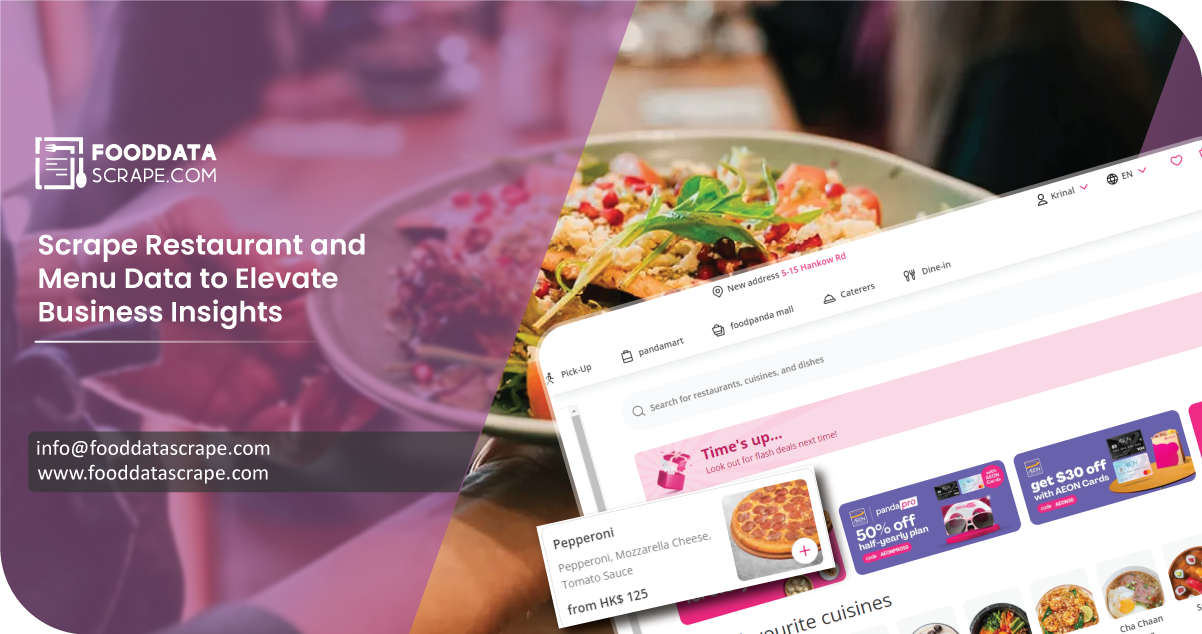The Client
Our renowned clients in the restaurant industry enlisted our services to elevate their menu offerings. Leveraging our expertise in restaurant menu data scraping, we provided them with comprehensive insights into market trends and competitor offerings. This strategic approach empowered our client to enhance their menu, stay competitive, and meet the evolving demands of their customers. Our tailored services to scrape the restaurant menu data proved instrumental in shaping their business strategy and ensuring continued success in the dynamic restaurant landscape.
Key Challenges
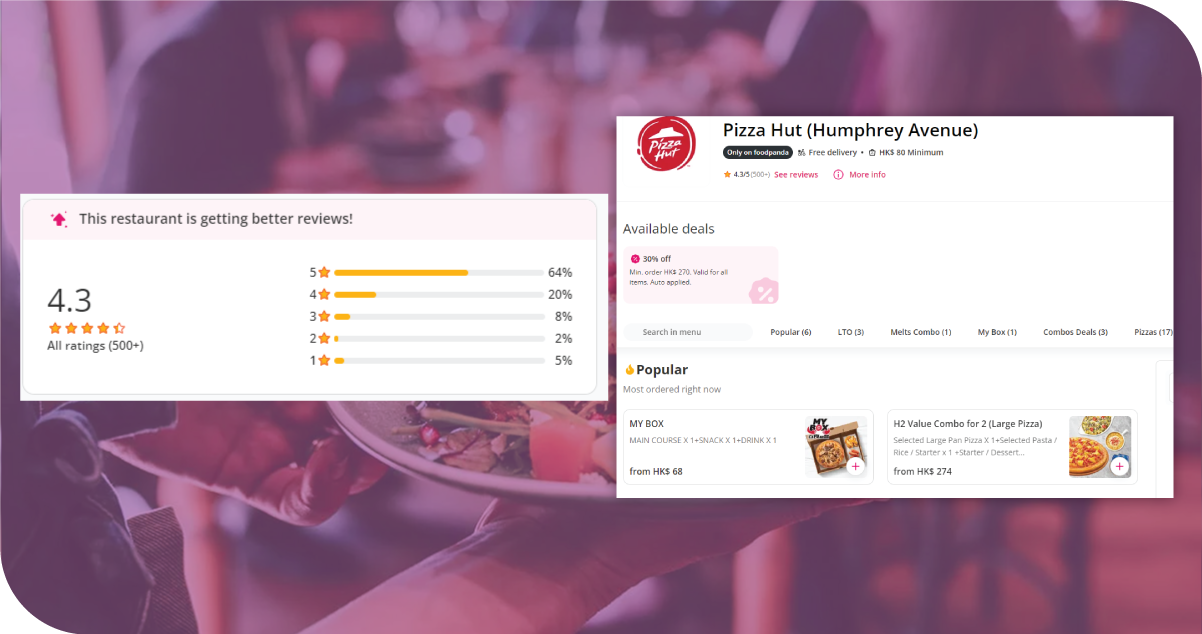
UberEats' dynamic website posed a challenge with constantly changing elements, requiring adaptive scraping techniques to ensure accurate and consistent data extraction.
Uber Eats employs anti-scraping measures, making it necessary to implement strategies to bypass these restrictions and retrieve the desired restaurant menu data seamlessly.
The sheer volume of data on UberEats presented scalability challenges. Efficient data management and processing strategies were crucial to effectively handle the extensive restaurant menu information.
Key Solutions
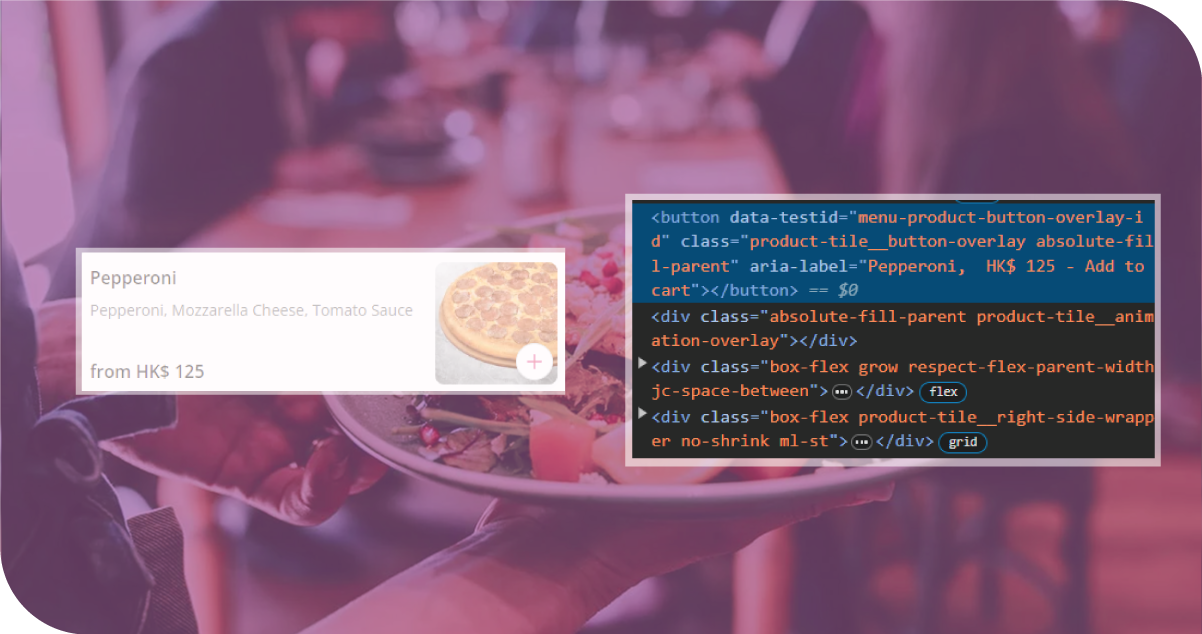
We implemented dynamic scraping techniques using tools like Selenium to adapt to UberEats' changing website elements, ensuring consistent and accurate data extraction.
We employed rotating proxies, user-agent headers, and rate-limiting strategies to bypass anti-scraping mechanisms, allowing smooth and uninterrupted scraping.
We implemented efficient data management practices, including data partitioning and parallel processing, to handle the substantial volume of restaurant menu data from Uber Eats with optimal speed and scalability.
Methodologies Used
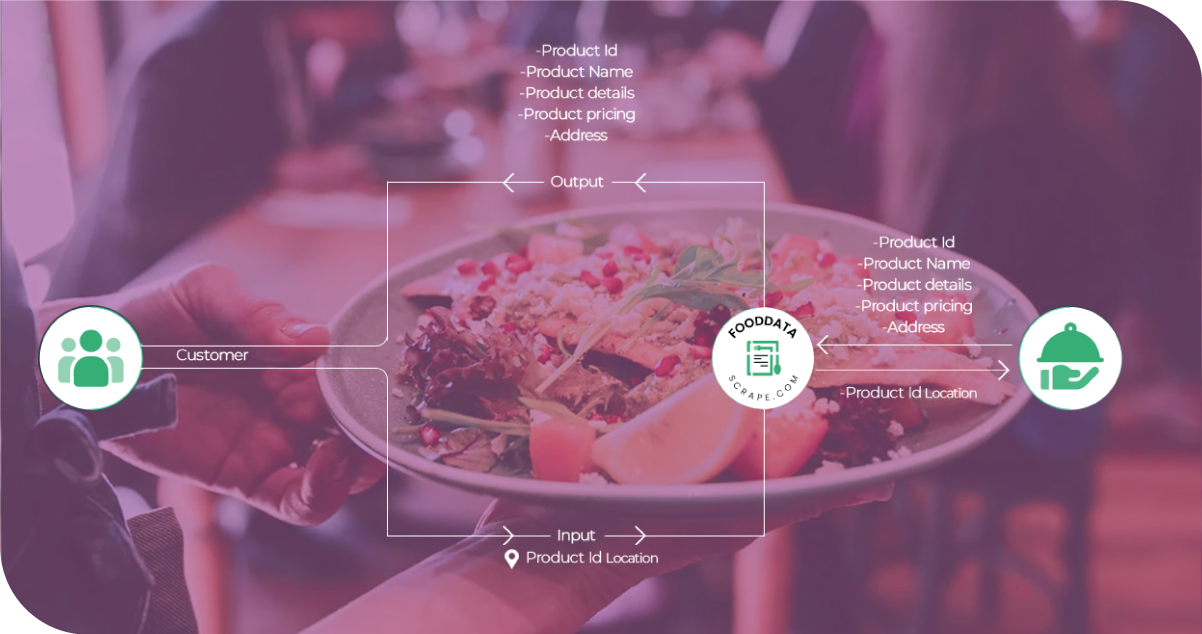
- Web Scraping Tools: Utilizing sophisticated web scraping tools, specifically BeautifulSoup and Scrapy, allowed us to navigate through UberEats' expansive array of restaurant menu pages meticulously. These tools, known for their advanced parsing capabilities, ensured the extraction of structured data in an efficient and organized manner, providing a solid foundation for subsequent data processing.
- API Integration: Our approach extended to leveraging UberEats' API, providing a direct and authorized channel for accessing and retrieving restaurant menu data. By integrating with the API, we streamlined the data extraction process, enhancing efficiency while maintaining adherence to UberEats' protocols and ensuring a secure and legitimate approach to acquiring information.
- Dynamic Scraping Techniques: Implementing dynamic scraping techniques, particularly headless browsers like Selenium, was essential in tackling the challenges of Uber Eats' dynamic website structure. This adaptive methodology allowed us to respond in real time to changes on the platform, ensuring consistent and accurate extraction of restaurant menu data.
- Data Parsing and Cleaning: Robust data parsing and cleaning methodologies were employed to process the scraped data comprehensively. This step involved meticulous validation and cleansing processes, ensuring the accuracy and consistency of the extracted restaurant menu information before further analysis and utilization.
- Customized Scraping Scripts: Developing tailored scraping scripts using restaurant data scraper was a pivotal aspect of our strategy. Craft these customized scripts to align with the specific structure and intricacies of Uber Eats' restaurant menu pages. This bespoke approach optimized the entire data extraction process, enhancing efficiency and precision in capturing the desired information.
- Scalability Measures: Our restaurant data scraping services incorporated scalable scraping techniques to address the vast volumes of restaurant menu data on Uber Eats. It included asynchronous processing and distributed computing strategies, ensuring that our scraping infrastructure could efficiently handle the substantial data load while maintaining optimal performance levels.
Advantages of Collecting Data Using Food Data Scrape
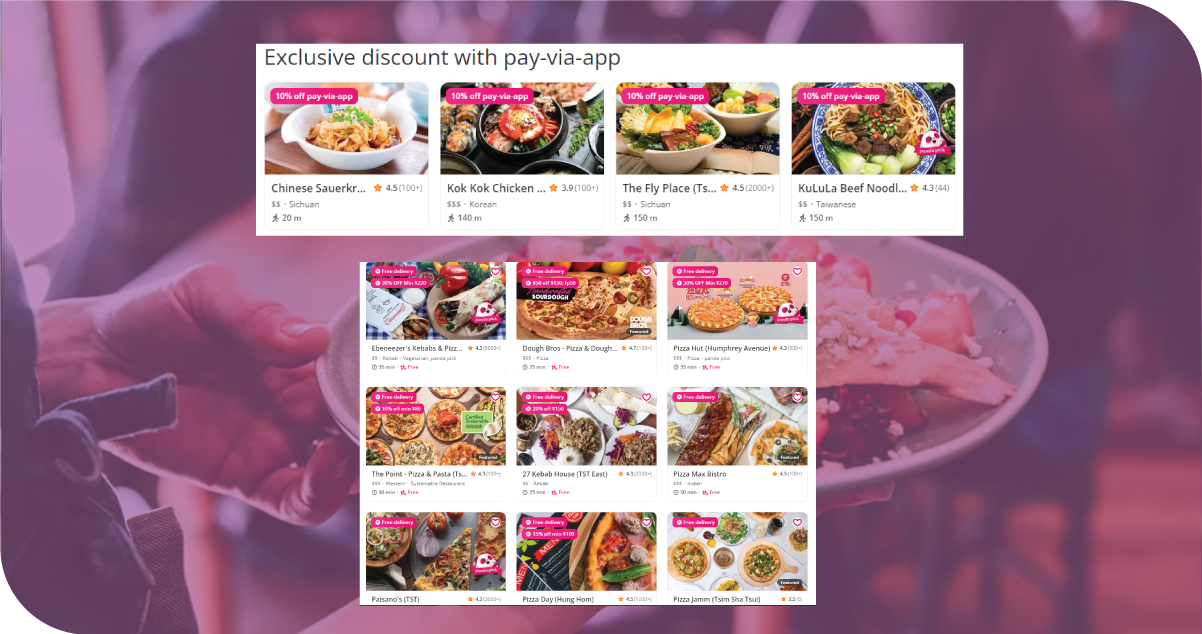
Comprehensive Menu Insights: Food Data Scrape provides businesses with a comprehensive understanding of their and competitors' menu offerings. Detailed information on items, pricing, and descriptions allows for in-depth menu analysis and optimization.
Accurate Pricing Data: It ensures precise extraction of pricing data, including regular prices, discounts, and special offers. This accuracy is crucial for businesses to formulate competitive pricing strategies, maximize profitability, and respond effectively to market dynamics.
Real-Time Market Trends: It keeps businesses informed about real-time market trends. Continuous data extraction allows organizations to stay ahead by identifying evolving customer preferences, tracking changes in menu popularity, and adapting swiftly to shifts in the competitive landscape.
Streamlined Competitor Analysis: The company's tool facilitates efficient competitor analysis by extracting detailed information from various food-related platforms. It includes data on competing restaurants, their menus, and pricing strategies, enabling businesses to identify strategic gaps and opportunities within the market.
Enhanced Decision-Making: Businesses can make informed decisions by leveraging the collected data. From menu optimization to pricing adjustments, accurate, up-to-date information ensures decisions align with current market conditions and customer preferences, contributing to strategic and effective decision-making.
Improved Operational Efficiency: The company contributes to improved operational efficiency by automating data collection. This automation reduces manual efforts, minimizes errors, and allows businesses to focus on analyzing the extracted information rather than spending excessive time on data retrieval.
Customized Data Extraction: It offers flexibility in data extraction, allowing businesses to tailor their scraping parameters based on specific requirements. This customization ensures that the collected data aligns precisely with the business goals, providing relevant insights for strategic planning.
Strategic Marketing Initiatives: With detailed information on menu items and pricing, businesses can craft targeted and effective marketing campaigns. The company assists in understanding promotional trends, identifying popular dishes, and creating marketing strategies that resonate with the target audience.
Final Outcome: We triumphed in scraping restaurant menu data, significantly aiding our client. Through adept data extraction techniques, we delivered comprehensive insights that empowered strategic decision-making. Our success underscores our proficiency in data scraping, providing our clients with valuable information to optimize menus and navigate the competitive landscape successfully.






















































































